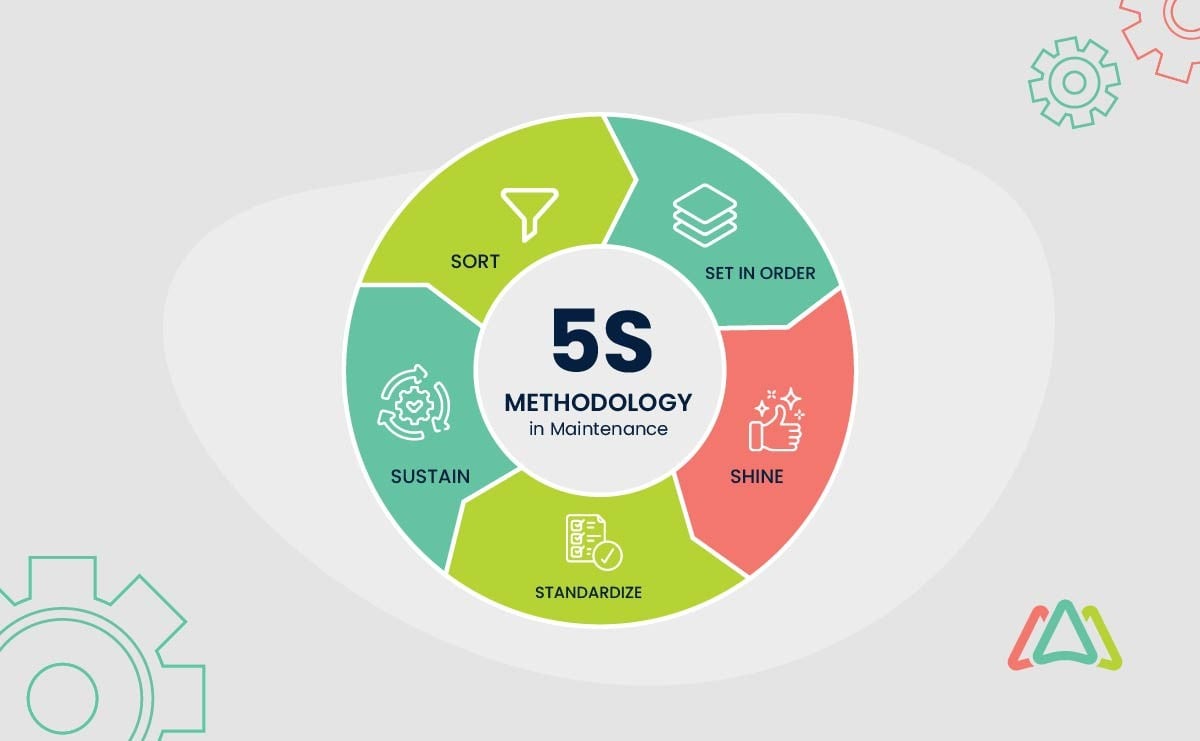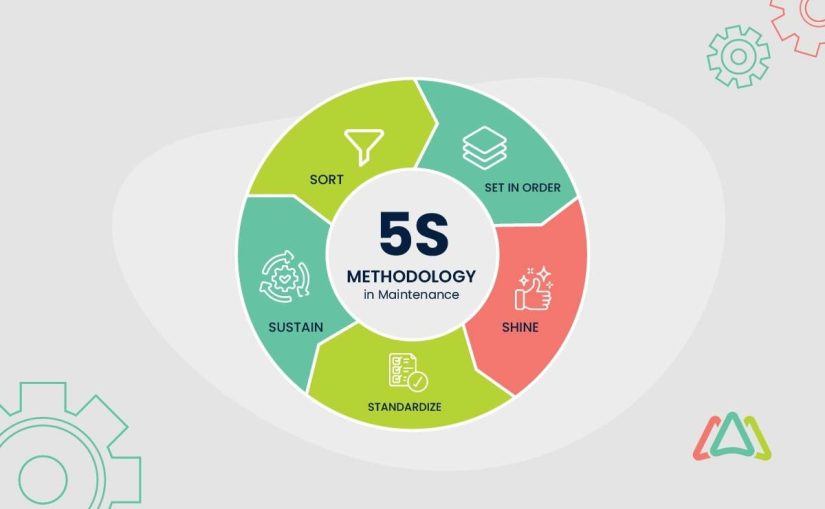
**Overseeing Change Orders in Manufacturing: Enhancing with ERP Solutions**
Change orders in manufacturing are unavoidable, arising from client demands, engineering alterations, material changes, or compliance adjustments. If not managed properly, they can disrupt production timelines, cause confusion on the shop floor, and increase expenses. To alleviate these challenges, manufacturers need to implement an effective and dependable process for handling change orders, ensuring precise communication among departments and reducing production holdups.
**Grasping The Effects Of Change Orders On Production**
Mid-production change orders can influence various sectors such as procurement, scheduling, inventory, and quality assurance. Changes in design, materials, or processes require modifications to work orders, bills of materials, or routing guidelines. Without real-time information sharing, teams may operate on outdated data, leading to rework or waste. Delays can occur if departments lack defined procedures for addressing change orders. A structured approach ensures employees are aware of what changes to carry out, when, and who needs to authorize them. ERP software aids by standardizing and monitoring workflow changes, ensuring consensus and up-to-date information among all parties involved.
**Consolidating Change Order Information In A Single System**
Efficient change order management entails consolidating all relevant information within an ERP system. Using a single system mitigates the risks of lost documents or informal breaches of confidentiality. ERP systems empower users to create change requests with associated documentation linked to particular parts, products, or work orders. This methodology makes sure any change order is accessible to all impacted departments. Real-time data sharing with engineers, planners, and operators minimizes the risks of misalignment. Manufacturing ERP software also preserves historical change data, aiding in understanding a product’s lifecycle and previous effects on performance or production timetables.
**Streamlining The Approval And Notification Workflow**
Speed and precision are essential when addressing change orders. Automated workflows within ERP systems accelerate the change review and approval procedure, directing requests to the appropriate personnel based on established criteria. This automation prevents changes from lingering in emails or manual systems. ERP systems also automate notifications, updating team members about approved changes, whether related to material substitutions, design modifications, or machinery settings. This coordination minimizes delays and enhances team confidence in complying with the latest specifications.
**Connecting Change Orders To Production Processes**
Handling change orders without halting production demands seamless integration between change management and manufacturing workflows. Production ERP software facilitates controlled, traceable adjustments to work orders, bills of materials, and routing instructions at the right moments. These systems assist in determining whether changes are applicable to ongoing production or only future batches, taking into account production schedules, inventory levels, and customer commitments. ERP tools guide organizations on the appropriate timing for changes, balancing agility with operational stability.
**Aligning Inventory And Procurement**
Production delays stemming from change orders frequently arise from discrepancies between modified material needs and current inventory or purchase orders. ERP systems oversee inventory records and refresh purchase orders when component, part number, or supplier modifications occur, avoiding stock-outs, overordering, or incorrect material utilization. Real-time inventory monitoring keeps planners informed of new material availability and prompts adjustments to purchase orders when necessary. Alerts signal procurement teams of significant inventory level fluctuations, allowing for timely action to prevent unforeseen supply shortages.
**Final Thoughts**
The capacity to manage change orders without impacting production relies on a well-organized, data-driven strategy, enhanced through manufacturing ERP software. ERP systems enable quick, seamless responses to changes by centralizing information, automating approval and notification processes, aligning materials and workflows, and maintaining real-time visibility for stakeholders. This control and adaptability keep manufacturers competitive, responsive to customer demands, and adept at optimizing operations without unnecessary interruptions.
